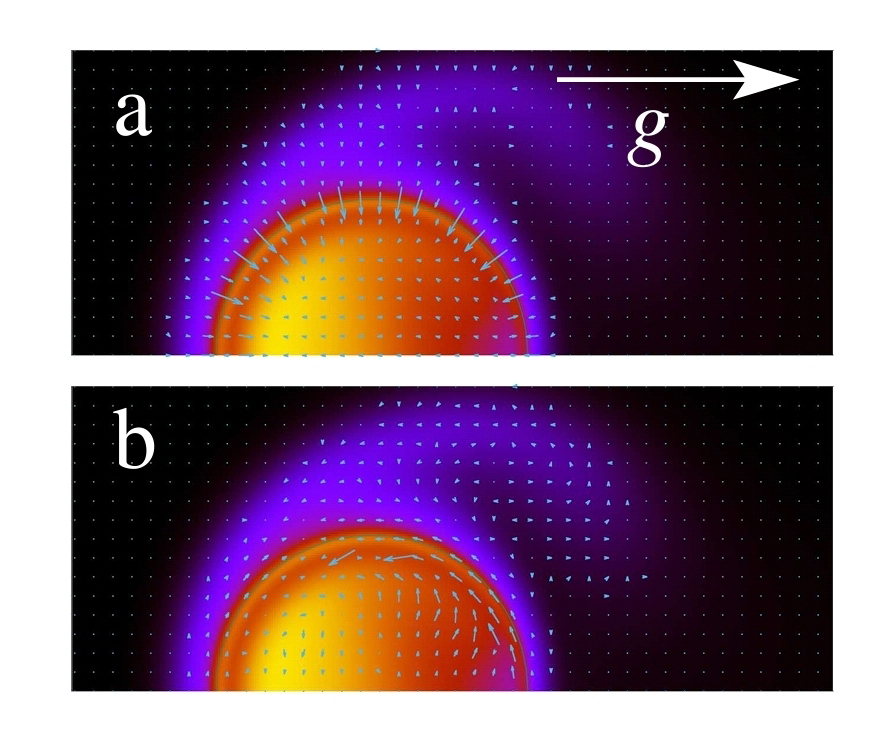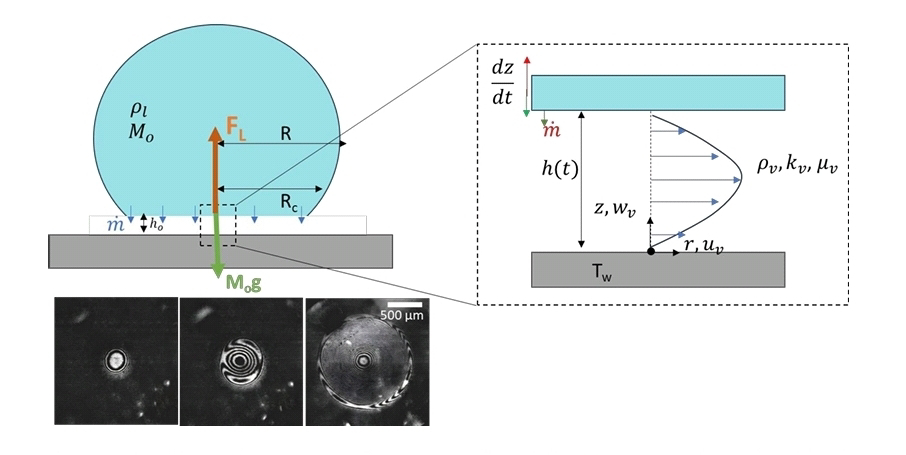<< Gas bubble accumulation on substrates reduces the efficiency of many physicochemical processes, such as water electrolysis. For microbubbles, where buoyancy is negligible, coalescence-induced jumping driven by the release of surface energy provides an efficient pathway for their early detachment. >>
<< At the nanoscale, however, gas compressibility breaks volume conservation during coalescence, suppressing surface energy release and seemingly disabling this detachment route. >>
<< Using molecular dynamics simulations, continuum numerical simulations, and theoretical analysis, (AA) show that surface nanobubbles with sufficiently large contact angles can nevertheless detach after coalescence. In this regime, detachment is powered by the release of pressure energy associated with nanobubble volume expansion. This (AA) finding thus establishes a unified driving mechanism for coalescence-induced bubble detachment across all length scales. >>
Yixin Zhang, Xiangyu Zhang, Detlef Lohse. Why and when merging surface nanobubbles jump. arXiv: 2509.22934v1 [cond-mat.soft]. Sep 26, 2025.
Also: bubble, in https://www.inkgmr.net/kwrds.html
Keywords: gst, bubbles, surface nanobubbles, surface energy release, coalescence, coalescence-induced jumping, coalescence-induced bubble detachment.










